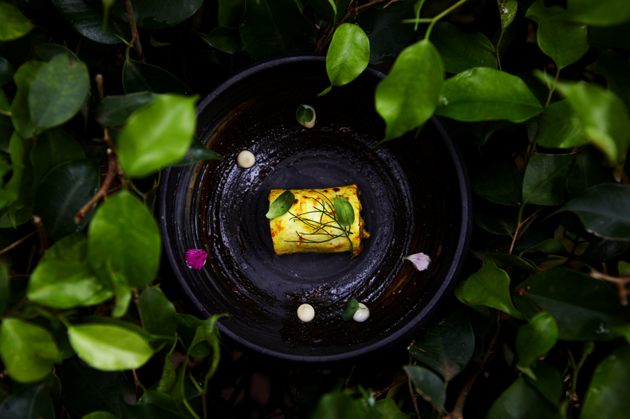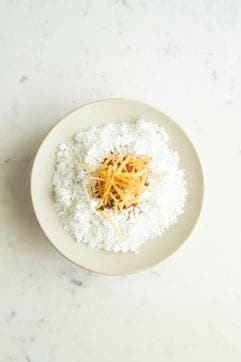Bite-sized portions, multiple courses: Tasting menus get popular
One good fallout of Instagram at the dinner table is that tasting menus are finally catching on in India, allowing chefs and diners to experiment
With more people wanting to try new things, and Instagram more photographs of their meals, tasting menus are finally catching on in India.

These are typically carefully curated multiple-course menus designed by chefs to showcase their best dishes. At Rooh in New Delhi, this means a mushroom vindaloo doughnut followed by a small serving of fermented potato paratha with locally sourced goat cheese and a bite-sized portion of ‘mango yolk’ dessert that’s essentially mango puree with a meringue that together looks like a raw egg.
It’s fun for diners, and it’s fun for chefs.

“The latest tasting menu at Masala Library by Jiggs Kalra is based on my interpretation of a gastronomic journey across the subcontinent,” says chef Saurabh Udinia. “It was designed with the map of India in mind and inspired by my road trips across southern and north-eastern India.”
Expect a pea pearl puchka with roots in Kanpur, a jhal moorie cookie from West Bengal and podi-crusted soft shell crab from Chennai.
“A tasting menu means you can experiment a lot more — because that’s what the diner is expecting too; and you can keep changing it without too much trouble,” says Udinia.
At CinCin, Mumbai, the latest tasting menu is a seasonal one called The Truffle Table, a five-course meal with 2 gm of fresh black truffle added to each of the five courses — a tortellini chicken broth, tenderloin carpaccio, pasta with anchovies, grilled butterfly king prawns and tiramisu.
GO BIG OR GO HOME

Rooh’s tasting menu is a 12-course affair of typically Indian dishes with a modern twist. “Our aim has always been to create a theatrical experience for our diners, and to keep changing things up so that they come back,” says director of operations Samrat Banerjee.
He works closely with chef Sujan Sarkar to design the menus. Currently, it features a sea buckthorn rasam and duck shami kababs with apple sauce and parmesan biscuit.
Having a set menu means they get to add small plates like a yoghurt chaat with three textures. “It’s foamy, crumbly (because of liquid nitrogen) and has a crispy layer of potato, and carambola or star fruit chutney. This would never work as a whole, standalone dish because the guest would feel cheated since its essentially just yoghurt,” he explains.

“The biggest downside is that these menus don’t work for everybody,” says Udinia. “Someone who likes a spicy Hyerabadi shorba won’t enjoy the subtle flavours of the chicken Mizo stew on our menu, so often it boils down to diners also being willing to experiment.”
Some of the constraints remain too. Rooh’s Banerjee confesses that they often make small creative sacrifices like opting for safer meats like chicken, instead of lamb or pork which aren’t as popular. Udinia adds, “Tasting menus are also very manpower intensive because we need more hands to plate every dish individually while ensuring they look and taste the same.”






